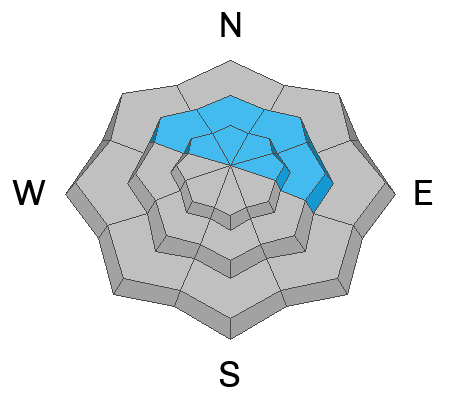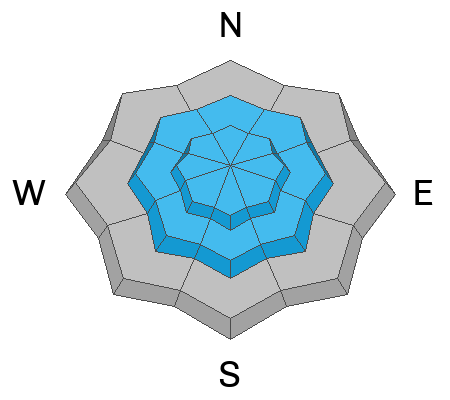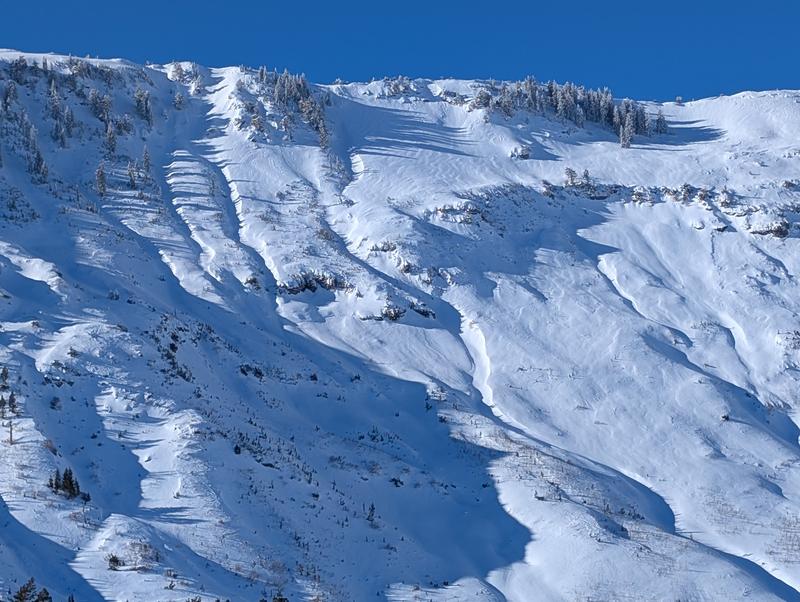Forecast for the Ogden Area Mountains

Issued by Greg Gagne on
Friday morning, January 10, 2025
Friday morning, January 10, 2025
The avalanche danger is CONSIDERABLE on upper-elevation slopes facing northwest through east where there is a buried persistent weak layer. Avalanches may be 1-3 feet deep and over a hundred feet wide. All other slopes at the mid and upper elevations have a MODERATE avalanche danger.
Sensitive slabs of wind-drifted snow may be found on all aspects at the upper elevations and some exposed slopes at the mid-elevations.

Low
Moderate
Considerable
High
Extreme
Learn how to read the forecast here






